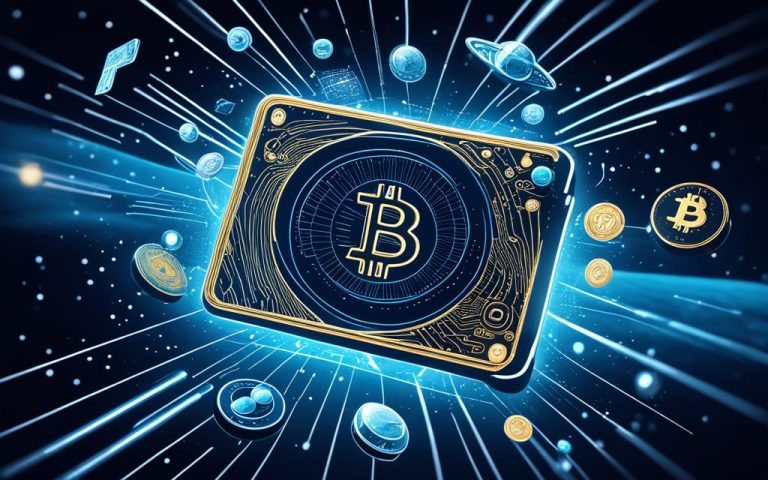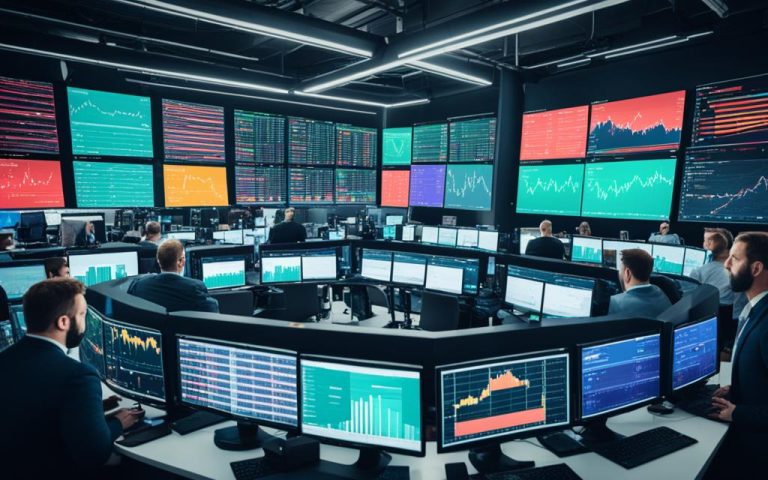Traders on decentralized exchanges like PancakeSwap and UniSwap often face insufficient liquidity. This happens when there are not enough people buying or selling at a price, blocking the trade. It might be due to few people trading or not enough interest in the assets.
There are ways to fix this issue. One is using PancakeSwap’s V1 exchange because moving to V2 created problems.
Changing the price slippage tolerance could also work. Or, you might try trading later or use another network. It’s wise to understand the liquidity of what you’re trading and wait for it to improve.
To handle this issue, knowing how DEXs work is crucial. Adjust things like slippage tolerance and look for other liquidity sources on places like PancakeSwap and UniSwap. This might make trading easier.
For more info, check out Coinwire, Hotcoinpost, or CoinCodex.
Understanding Insufficient Liquidity on DEXs
In the decentralized exchange world, like on PancakeSwap and UniSwap, having enough liquidity is key. It means there are enough tokens in a pool for trading without big price changes. But sometimes, there’s not enough liquidity, which can be a problem for traders.
Not having enough liquidity means not enough tokens in the pool for a trade. This can be due to low trades, few liquidity providers, or high demand for certain tokens. When liquidity is low, prices can swing and slippage can happen. This makes trading at desired prices challenging.
To deal with low liquidity, traders have a few strategies:
- Adjust trade sizes: Traders might reduce their trade sizes to fit the available liquidity better. Smaller trades might find enough liquidity.
- Explore alternative liquidity pools: If direct trading pairs are low on liquidity, traders can look for other tokens to trade through. It can help them find more liquidity.
- Adjust slippage tolerance: Changing slippage tolerance in DEX settings can help. It’s the price change traders are willing to accept on a trade. Adjusting this can make dealing with price changes easier.
Being a liquidity provider is another way to tackle low liquidity. Providers add tokens to pools and get fees from trades. This helps make liquidity better on DEXs and can be rewarding.
Many DEXs, like Uniswap and PancakeSwap, sometimes face liquidity issues. Their liquidity levels can be quite different, showing that not all platforms are the same.
Knowing how liquidity works on DEXs helps traders deal with low liquidity challenges. They can make better choices and improve their trading experience.
“Insufficient liquidity on decentralized exchanges can hinder traders. By adjusting trades, looking for alternative pools, and changing slippage tolerance, they can overcome these challenges.”
Want more info on dealing with low liquidity on DEXs? Check out these links:
Solutions for Insufficient Liquidity on DEXs
Dealing with low liquidity on decentralized exchanges (DEXs) like PancakeSwap and Uniswap takes careful thought and planning. Traders have many ways to tackle this issue head-on.
To lessen the liquidity pool’s impact, traders can reduce their trade size. This avoids upsetting the balance of token ratios and asset prices. It helps trades go through smoothly, even with low liquidity.
Traders can also look for different liquidity pools for the same token pair. Various DEXs may have several pools with different liquidity levels. Finding a pool with enough liquidity makes it easier to complete trades.
Setting a slippage tolerance is another helpful strategy. Traders can choose a range they are okay with for price changes during trades. This makes trading more precise and manageable, even when liquidity is low.
Waiting for more liquidity or adding it themselves is another way traders can help. They can join liquidity mining or put tokens into the pool. This not only boosts liquidity but also lets them earn fees as providers.
Knowing why liquidity is low and choosing the right strategies are crucial for traders on DEXs. These methods make trading smoother and help grow the liquidity pools in decentralized finance.
FAQ
What does “Insufficient Liquidity For This Trade” mean?
This message pops up when there are not enough buyers or sellers to make your trade at the current price. This might happen when not many people are trading or not enough people are using the platform.
How can I address the issue of insufficient liquidity on DEXs?
Try several things if you’re facing liquidity issues. One way is to use the V1 exchange on PancakeSwap because moving to V2 could cause problems. You could also adjust your price slippage tolerance. Or, try again later or use a different network.
Considering the liquidity of the assets you’re trading is smart. Patience is key as you wait for more liquidity to show up.
What does liquidity refer to in decentralized exchanges?
Liquidity means how easily you can buy or sell an asset without affecting its price too much. On DEXs like PancakeSwap and UniSwap, not having enough liquidity means there aren’t enough tokens in the pool to do the trade you want.
How can I mitigate the issue of insufficient liquidity on DEXs?
To deal with insufficient liquidity, you could try smaller trades, look for different liquidity pools, or adjust the slippage tolerance. These steps might improve your chance of trading successfully.
Another approach is to wait for the liquidity pool to grow or become a liquidity provider yourself. This can help solve liquidity issues on DEXs.
Can adjusting the trade size help with insufficient liquidity?
Absolutely, changing how much you’re trading can lessen the effect on the pool’s liquidity. It helps keep the price and token ratio more stable.
How can I find other liquidity pools for the same token pair?
Look across different DEX platforms to find more pools with the same tokens. Finding another pool with better liquidity can make your trade go through more easily.
What is slippage tolerance and how does it help with insufficient liquidity?
Slippage tolerance is a way to accept minor price changes during your trade. Setting it correctly can assist in completing trades successfully, even with liquidity issues.
How can becoming a liquidity provider help with insufficient liquidity on DEXs?
By contributing tokens to a liquidity pool or joining a mining program, you boost the pool’s liquidity. This not only helps trades but might also earn you fees as a provider.
What should I consider while waiting for more liquidity to become available?
Patience is crucial. Think about the liquidity of what you’re trading. As more traders add to the pool, your chances of a successful trade go up.



















